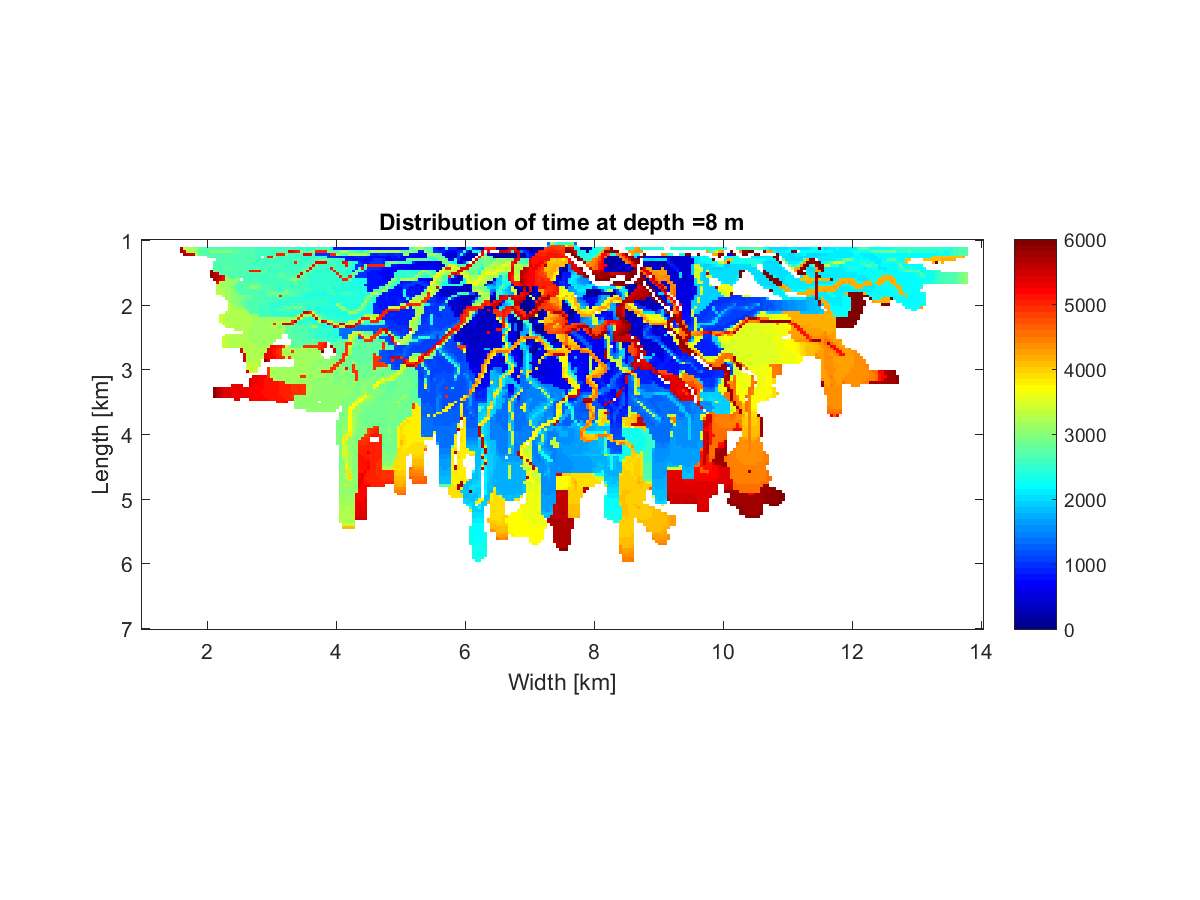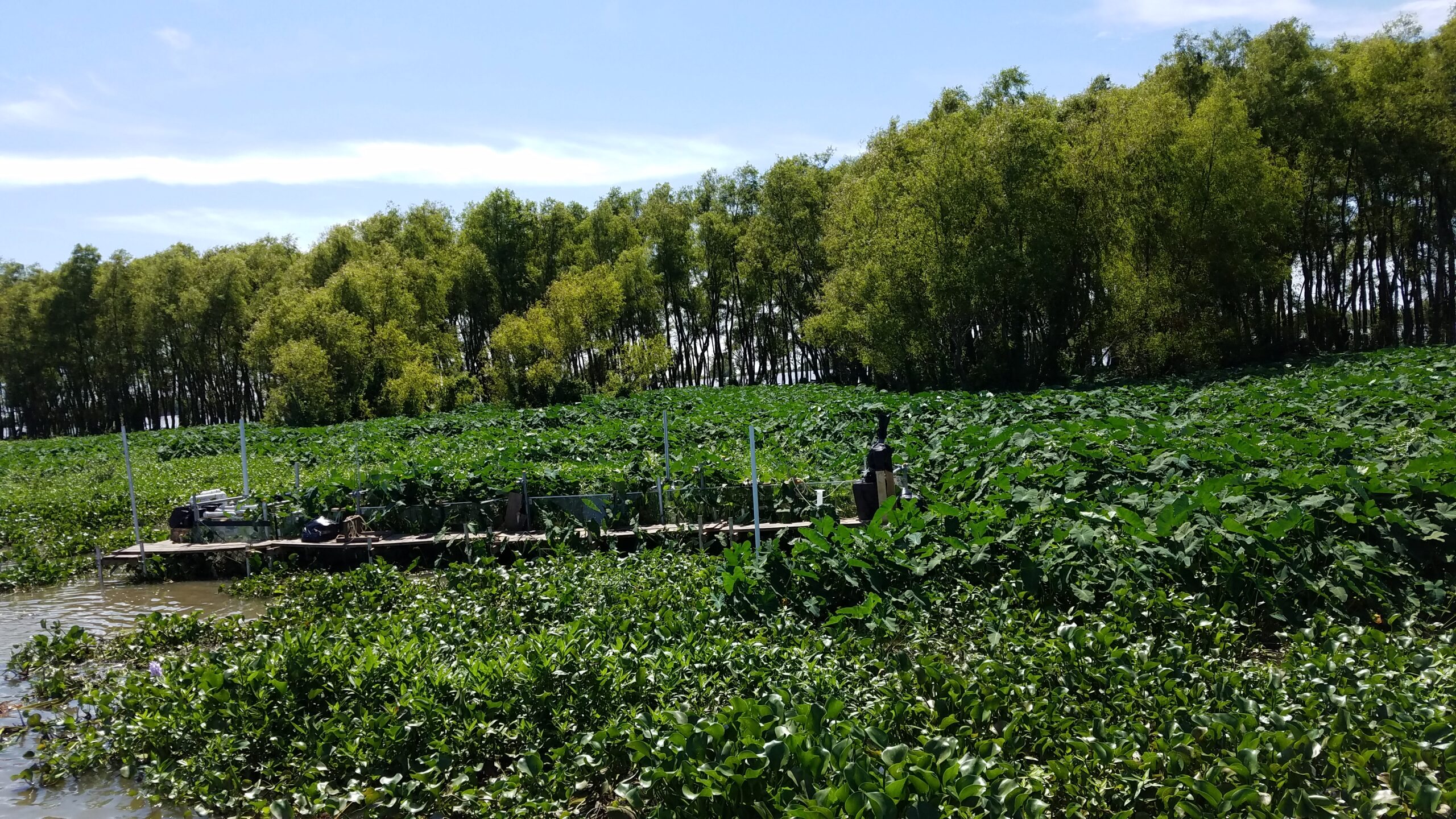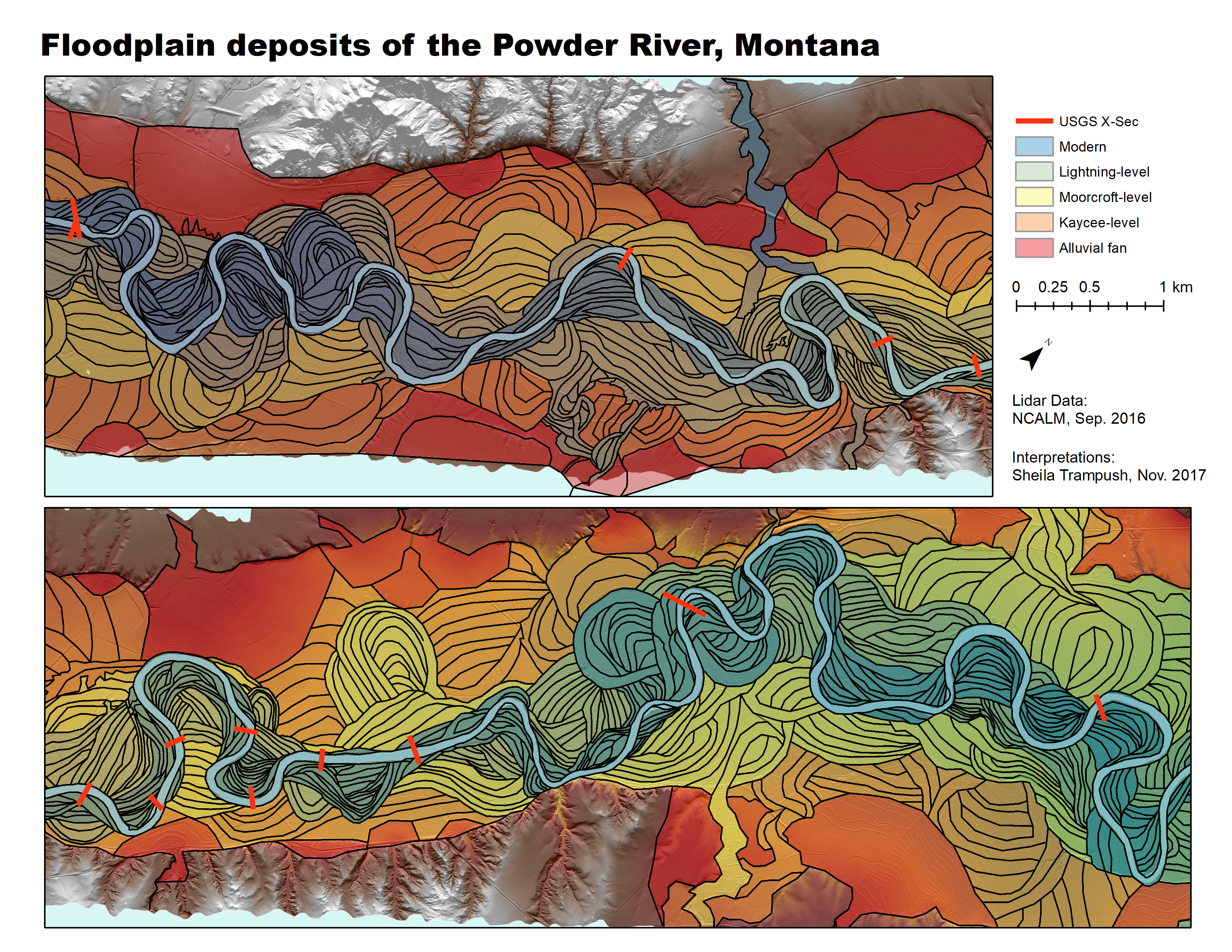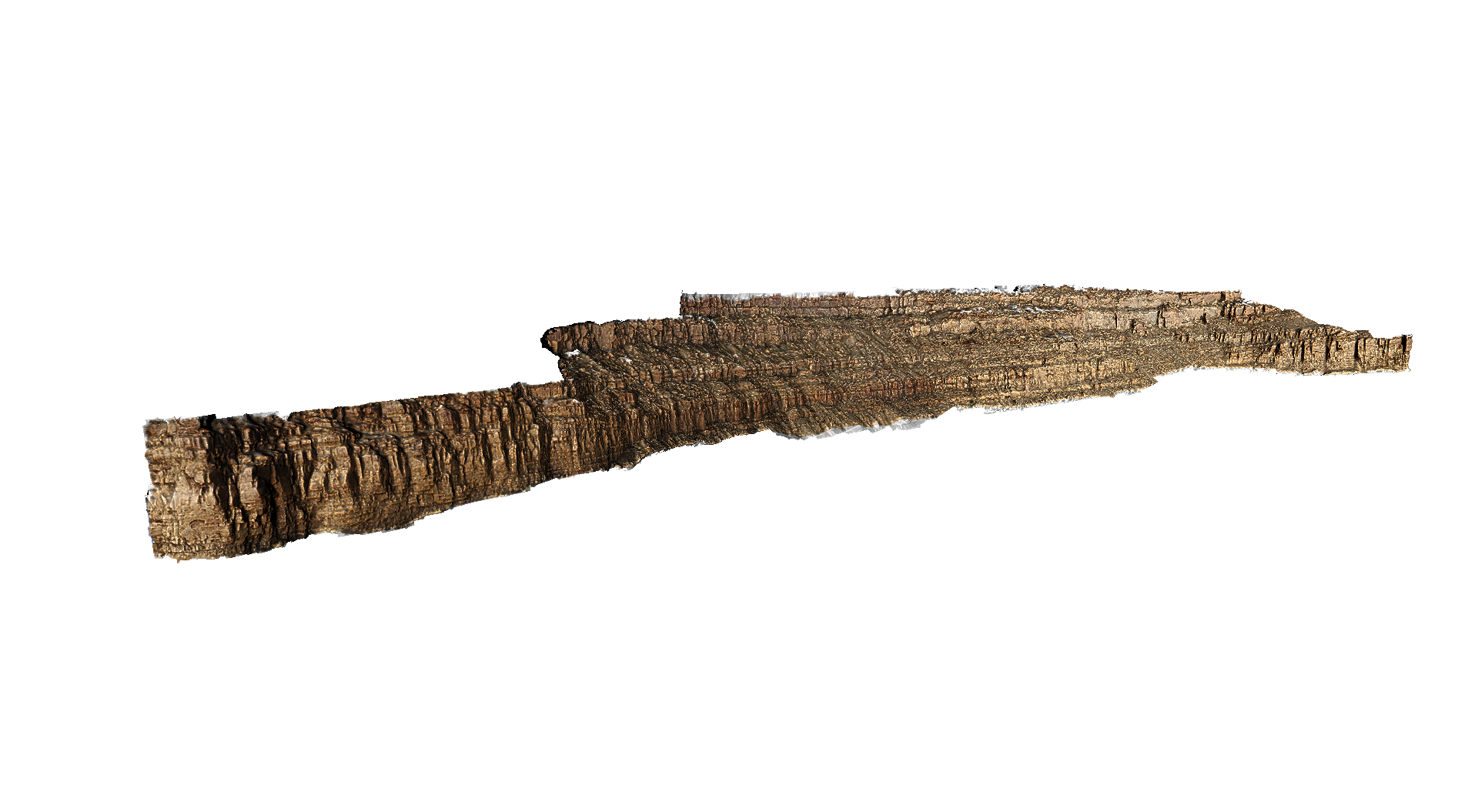Since 1993
Hello!
I'm a stratigrapher that is interested in how we can best reconstruct how past fluvial and coastal landscapes evolved and responded to changes in climate and tectonics. I use a combination of field work (ancient and modern), numerical simulations, and collaborations with physical experimentalists. Currently I'm working as a post-doctoral researcher at the University of California, Berkeley. Click through the page links to see my past and ongoing projects and their related data, code, and publications, or check my blog for updates on my active projects. Always feel free to email me to ask questions.
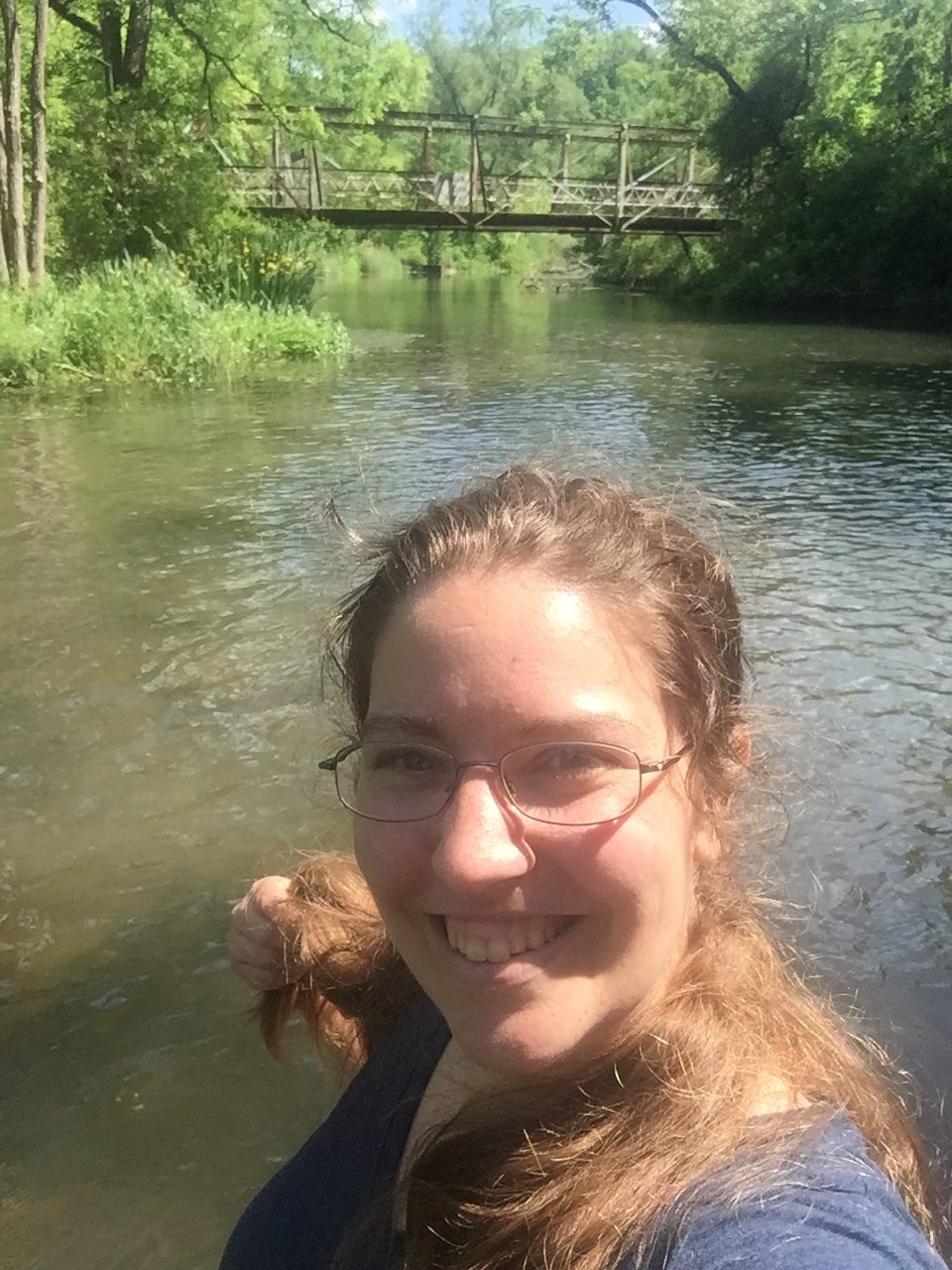
Sampling the Stratigraphic Record with Limited Data
A major component of my research has been to try to understand how sampling and autogenic processes place hard limits on how much data (and samples) we need to accurately reconstruct the past. This has been extended to both the past history of landscape changes (e.g. river slope, channel dimensions, sediment flux, etc.) as well as past climate or environmental conditions as reconstructed through geochemical proxies.
Impact of vegetation and flow conditions on fine-grained sediment deposition
A new focus of my work is to use processes observed in modern rivers and deltas to understand how fine grained sediments are deposited. One key unknown is the impact vegetation has on building wetlands and floodplains. To look into this question, I am using data from experiments conducted on Wax Lake Delta in southern Louisiana to model how vegetation enhances the retention of fine grained sediment through direct interception and enhanced settling. This project involves creating both statistical models and process-based forward models.
Preservation and temporary storage of sediment in dynamic landscapes
Another knowledge gap in both modern and ancient rivers is how long sediment stays in floodplains even in the absence of aggradation. To start to address that, a project I'm currently working on is investigating how meandering and lateral migration controls the residence time of sediment in the floodplain of the Powder River of southern Montana. The project involves remote sensing, field descriptions of stratigraphy, and statistical modeling.
Measuring Autogenic Behavior in Ancient Rocks
A major component of my research to date has been to use a variety of statistical tools to measure the degree of organization of ancient fluvial or deltaic deposits. This organization is fundamentally a consequence of the short- and intermediate-timescale processes that arise naturally simply due to feedbacks within sediment transport networks.
